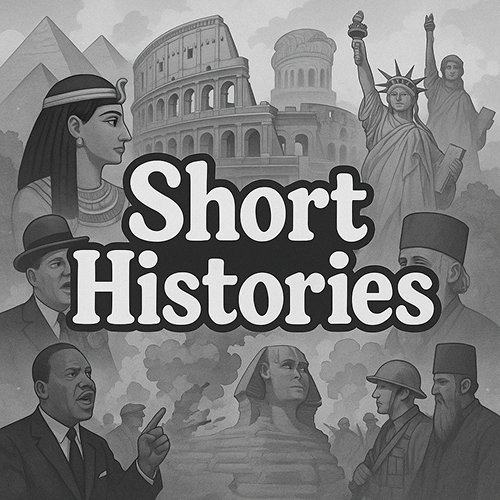Where Men Feared the Gods… and Became Them
If the world saw the Vikings as raiders and savages, it was only because the world didn’t understand what drove them. Beneath the iron helmets, behind the sharpened axes, beyond the bloodied longships, there was something deeper: belief. A belief in gods who walked among men, monsters that slithered beneath seas, and a fate so certain it could not be escaped not even by kings.
Yggdrasil: The Tree That Held the World
To understand the Viking heart, you must understand their cosmos. They believed the world itself hung upon a vast, cosmic ash tree Yggdrasil. Its roots reaching into dark realms and its branches stretching towards gods and giants.
Nine realms existed: Asgard- home of the gods, Midgard- the world of men, Helheim- the land of the dishonored dead, … and others where elves, dwarves, and frost giants roamed.
Life was not random. It was a web of threads woven by the Norns, fate-weaving beings who decided the length and cut of every life.
Gods Made in Man’s Image Or Was It the Other Way Round?
The Norse gods were not distant figures on clouds. They bled, hungered, lusted, and died just as men did. Chief among them stood Odin, the one-eyed god of wisdom and war, who traded an eye for sight beyond sight. His ravens, Huginn and Muninn (Thought and Memory), flew across the world each day to whisper secrets into his ears.
Beside him stood Thor, hammer-wielding protector of mankind, feared for his temper and adored for his strength. Every storm was his doing; every thunderclap a warning and then there was Loki, the trickster, whose chaos unraveled gods and men alike. It was said his schemes would one day bring about Ragnarök, the end of days when even the gods would fall.
To the Vikings, these weren’t just stories. They were truths written into the bones of the earth, reminders that glory was fleeting, death inevitable, and only deeds would echo through the halls of time.
The Afterlife: Drink, Battle, Repeat
Death was not the end. For those who died bravely, sword in hand, there awaited Valhalla, a great hall where warriors feasted by night and fought by day, preparing for the final battle at Ragnarök.
Others might find themselves in Fólkvangr, presided over by the goddess Freyja, or in the shadowy cold of Helheim, for those who died of sickness or old age.
Their funerals were scenes of fire and song. Sometimes ships were burned, sometimes buried. Warriors might be sent off with weapons, slaves, and animals to serve them in the next life.
Runes were carved not just for words but for magic, protection, and prophecy. The Viking alphabet itself held power, each symbol tied to cosmic forces.
Their faith was fierce because their world was fierce. Survival wasn’t promised. Tomorrow wasn’t certain. Better to live boldly, die well, and let the gods sort the rest.
Blood, Sacrifice, and Sacred Sites
Not all worship was song and poetry. Blood was the price of favor. Animals were sacrificed, and at times, so were men. The greatest gatherings took place in sacred groves and hallowed temples like the one at Uppsala, where statues of Thor, Odin, and Freyja loomed.
These ceremonies weren’t mere superstition. They bound the community. They affirmed the old ways. They reminded all that beyond kings and warriors, the gods watched… and demanded.
A Culture Built on Fear and Reverence
Even their laws, their honor codes, and their oaths were tied to the divine. To break faith wasn’t just a crime against men, it was an offense against the cosmos itself.
Yet, despite their devotion, they would soon face the gods of another world those of the Christians, whose cross would one day pierce the heart of the Norse faith but not yet.
For now, the old gods still reigned.
Next Time: The Vikings Part Three — Warriors of Ice and Fire: The Age of Conquest
Follow the longships as they sail beyond their frozen shores to reshape kingdoms, rewrite maps, and carve terror into the heart of Europe.
Please go back to top & scroll gently

